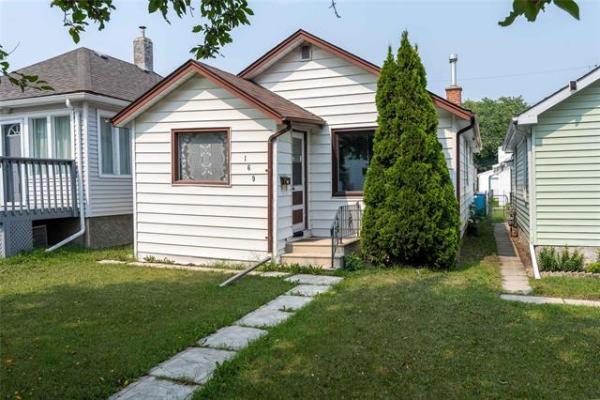QUESTION: I'm hoping you can help narrow down our "attack" solutions. My husband and I live in an 1,100-square-foot bungalow in East Kildonan. When my husband bought the house a few years ago, he had a couple of roof vents added. This winter, we have noticed a problem. When we run the fan while taking a shower in the main washroom, once complete, we hear dripping behind the wall in the ensuite washroom, which is directly beside the main washroom. Once the fan is shut off, after about 15 minutes, the dripping stops. I should note here that one of the new roof vents was placed beside the toilet vent.
My husband has been very active in removing snow from the roof, as we have a relatively low roof pitch. At first, we both thought that snow was entering the toilet stack, melting, and that was the dripping that we heard. However, the other day I was running the kitchen fan and water started dripping from the kitchen light. Once I shut the fan off, the dripping stopped within 15 minutes.
We both have a few ideas as to what is causing the dripping, but before we start calling for services which could add up before all is said and done, I thought I would get your take on the problem and see where we should start.
Any help would be greatly appreciated. Let me know if you require any further information.
-- Genafer Mehner-Adam
ANSWER: Before answering your question, I just want to state that you are one of many homeowners who have experienced unusual leakage into their homes this winter. For some reason, likely due to the unusually long period of very cold weather following a mild fall, moisture intrusion from attics is happening in homes that never had this issue before. Your home may be in that category, but I will explore some possibilities for your water problems.
The first thing I would recommend for your "plan of attack" would be to locate the attic access hatch and look into the attic with a powerful flashlight or portable trouble light. I would look for any unusually large amounts of frost on the underside of the roof sheathing, large stains, or wet rafters, insulation, or sheathing. If any of these issues are present, it is more likely that you are experiencing the same problems as the numerous other homeowners who have called or emailed me in the last month or so.
If no visible problems of this nature are evident, entering the attic to get a better look may be required. This may be quite difficult due to the low pitch of your roof, so consultation with a building envelope specialist, general contractor or home inspector is the next step. If access is possible, and you are physically able to climb around in the attic, inspection of the area above the bathroom and kitchen is the next step. If the insulation is excessively wet in these areas and no signs of active leakage seen, remove the insulation and check for openings in the ceilings or light from the living area. If you find any gaps, they should be sealed with polyethylene air/vapour barrier or polyurethane foam. If nothing is readily visible and the top of the insulation is damp, the problem may be simple air leakage into the attic.
Without going into a long explanation of technical issues, the problems in your home are most likely due to excessive air leakage into the attic. This warm air from the home will condense after it passes through the insulation and comes in contact with the cool wood framing or sheathing in the attic. This condensation may freeze and form frost in the attic.
There are two possible explanations for the leakage occurring only when your bathroom or kitchen fans are turned on. The first explanation may be simple to diagnose by looking at the exhaust fan ducting in the attic. If the ductings from the fans to the roof-vent hoods are uninsulated or damaged, they may be capable of leaking large amounts of warm, moist air into the attic, or simply radiating heat if the ducting is metal. This warmth will melt the frost in the area adjacent, causing water to drip onto the insulation and leak in through low points in the ceilings such as light fixtures. If the ducting is well-insulated and the insulation and roof sheathing are dry, this can be ruled out.
Whether the problem you are experiencing is directly attributed to poorly insulated exhaust-fan ducts or simply from typical air leakage and funny weather, the solution to your problem will be found in your attic. Air-sealing of penetrations in the ceiling, such as the exhaust-fan housings, light fixtures and wall top plates may minimize future condensation.
Ari Marantz is the owner of Trained Eye Home Inspection Ltd. Questions can be emailed or sent to: Ask The Inspector, P.O. Box 69021, #110-2025 Corydon Ave., Winnipeg, MB. R3P 2G9. Ari can be reached at (204) 291-5358, or check out his website at www.trainedeye.ca



